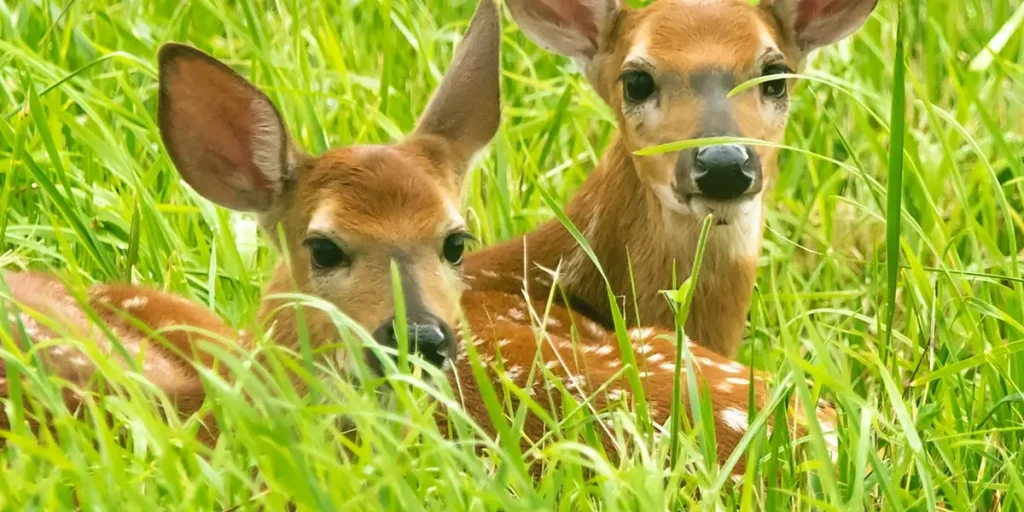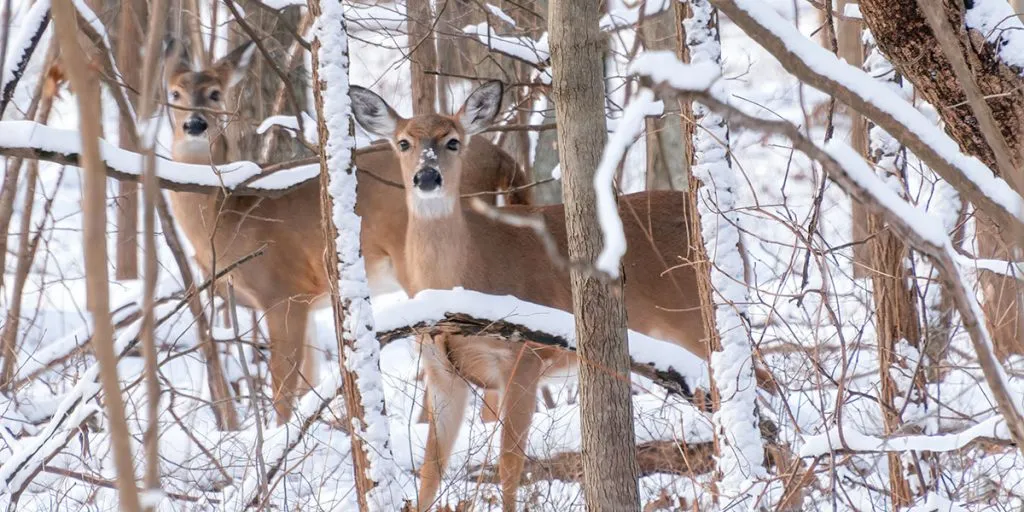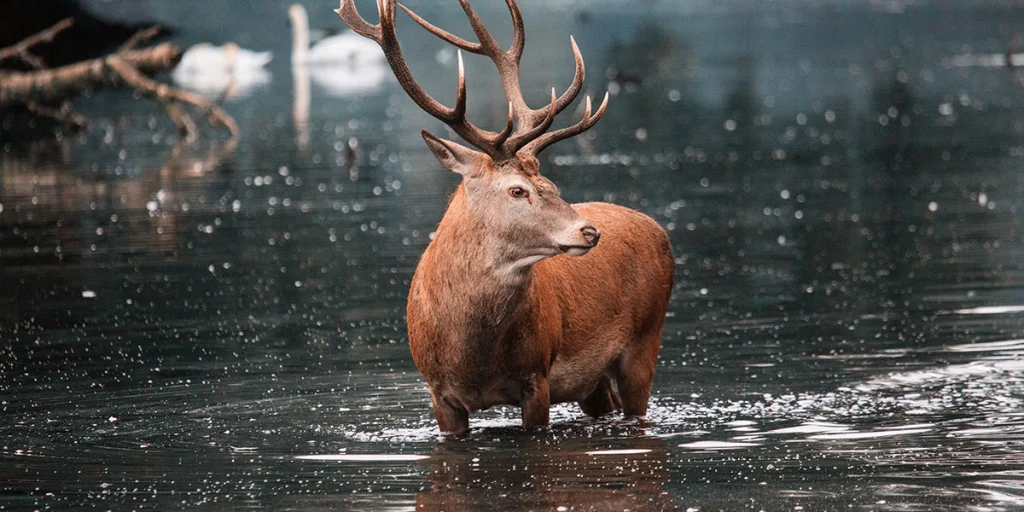Twins and triplets are relatively rare in humans, but the animal kingdom plays by different rules. For deer, having multiple fawns at once can be a survival strategy. At the same time, feeding many mouths can be a challenge in the wild.
Scientific evidence suggests that it is more common for deer to give birth to twins than to have a single fawn or triplets. Mother deer ovulate multiple eggs at once, which are then fertilized by different sperm. Deer fawns are usually dizygotic twins, non-identical twins coming from two separate eggs.
For deer, birthing two fawns can provide the optimal balance for survival. It ensures both offspring continuation and a mother deer’s ability to successfully feed both her fawns. Sadly, a lot of fawns get eaten by predators, often leaving a doe to raise only a single fawn.
Prevalence Of Twins In Deer
Considering deer ovulate two eggs at once by default, birthing twins seems to be the norm. At least, this fact is true for the common white-tailed deer, which is the most abundant species on the North American continent.
For other deer species, the available information is a bit more conflicting. Some sources claim that twins are rare in some moose populations, while other sources claim that moose commonly give birth to either twin calves or single calves.
In both reindeer and elk, evidence suggests that giving birth to twins is much less likely to occur. In less than 1% of elk births, a mother elk might give birth to two fawns at once. In 20-25% of cases, mother reindeer were seen carrying twins. Triplets were rarely seen in practically every deer species.
Deer Triplets Are Rare
You can imagine that an adult doe running around the forest with three fawns in her belly makes survival a lot harder. After birth, feeding multiple deer hiding in the tall grass is a near-impossible task for a doe. It is likely that predators find and kill at least some of the newborns.
In other words, this means that deer triplets are an extremely rare occurrence in the wild. It is not biologically beneficial for wild deer to have triplets. The energy and time investment is simply too great, and it is more likely to seriously endanger the health of the mother.
This does not mean that deer triplets do not occur in the wild. In thriving deer populations with limited risk of predation, does are known to give birth to triplets more often. It will depend on the region and the seasonal conditions when and where triplets are more prevalent.
How Many Babies Can Deer Have At Once?
On average, deer will have 1 to 3 babies, but usually 2. It is extremely rare for deer to have 4 babies at once, but there are a few known cases where deer quadruplets have been born. Triplets happen more, but are less likely to survive into adulthood. Twins are the norm for white-tailed deer.
The only limit to how many fawns a doe can birth at once is biological in nature. Since white-tailed deer usually ovulate two eggs at once, having quadruplets is very rare but not unheard of.
A healthy white-tailed deer doe will almost always give birth to twins. Under normal circumstances, she will be able to raise them both into adulthood. Adult deer give birth once per year, and start doing this after one year. Yearlings commonly give birth to only a single fawn.
How Many Fawns Deer Have In A Lifetime
Most deer have one litter per year, usually giving birth to 2 fawns at once. Yearlings tend to give birth to only a single fawn. Since wild deer have a life expectancy of 6 years, female deer will have an average of 11 fawns over their lifetime.
This simple calculation shows the potential for explosive population growth in thriving deer populations. With such a high replacement rate, deer require external population reduction in order to continue a sustainable population over many generations.
However tragic the death of individual fawns and deer is, the survival of the total deer population is highly dependent on the percentage of deer being hunted and eaten every year. Hunting deer for meat is, therefore, a necessary evil, in order to maintain a healthy ecosystem and a thriving deer population.



